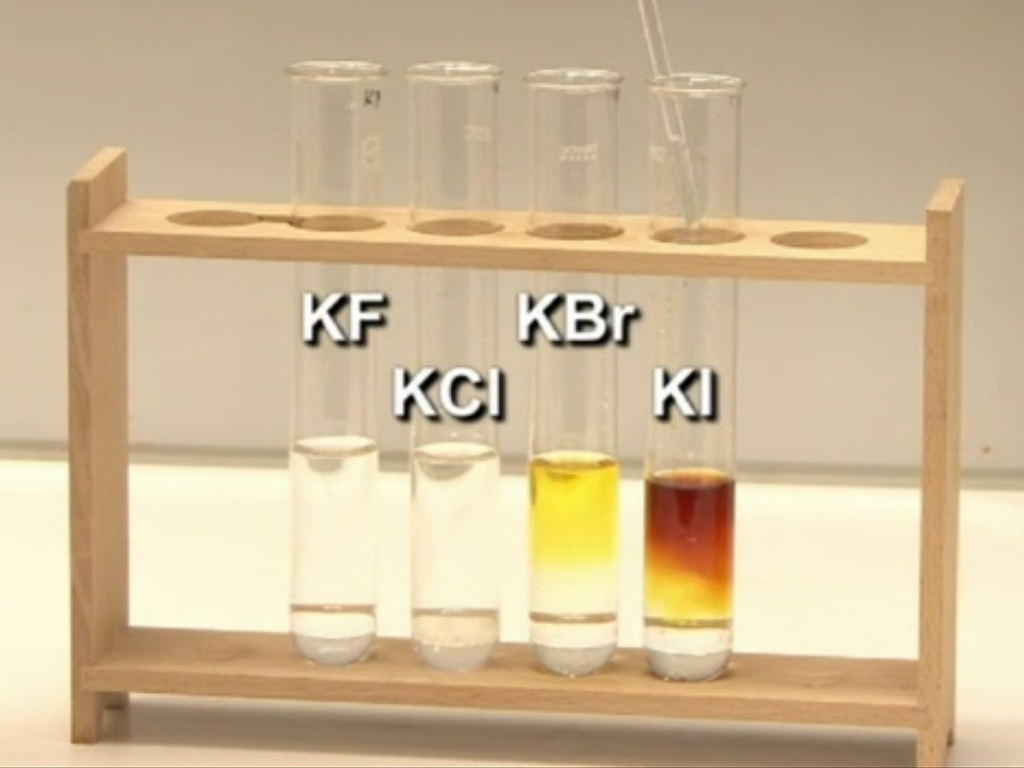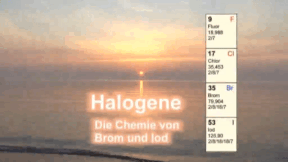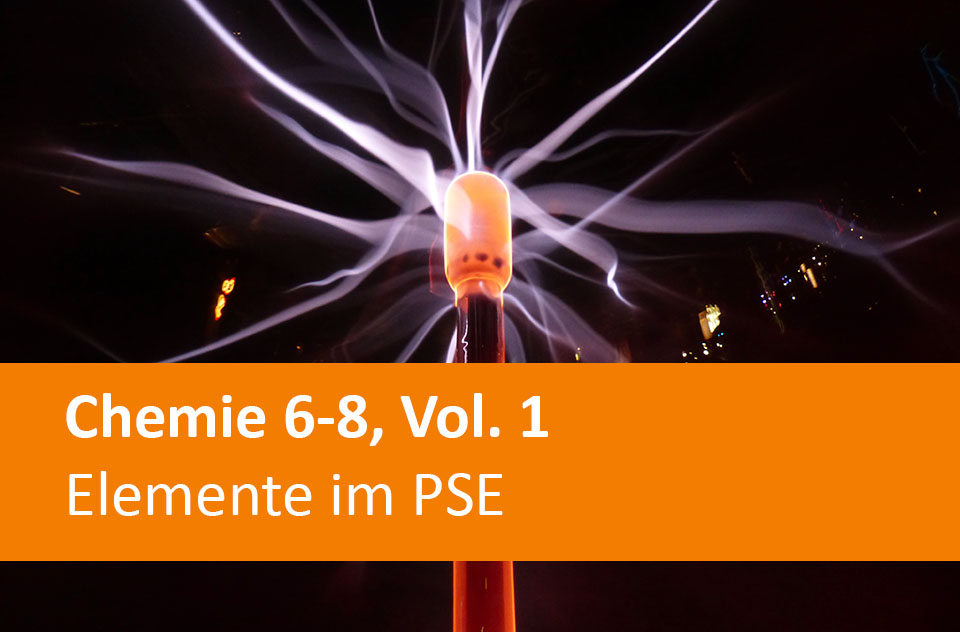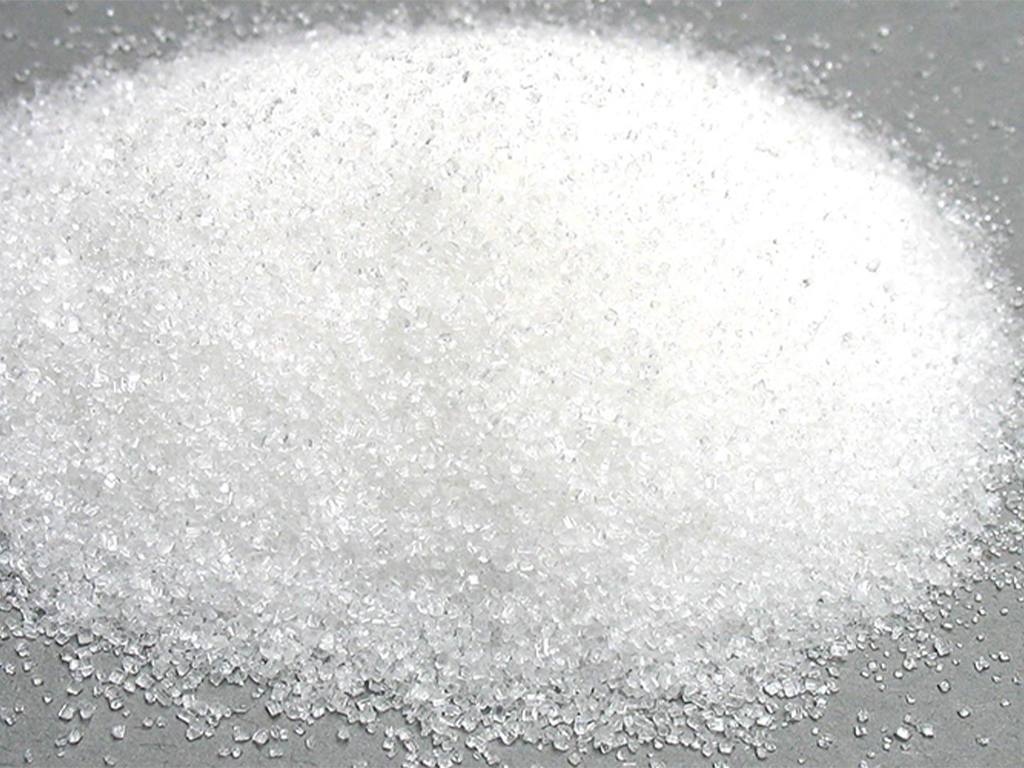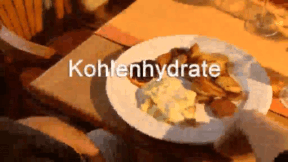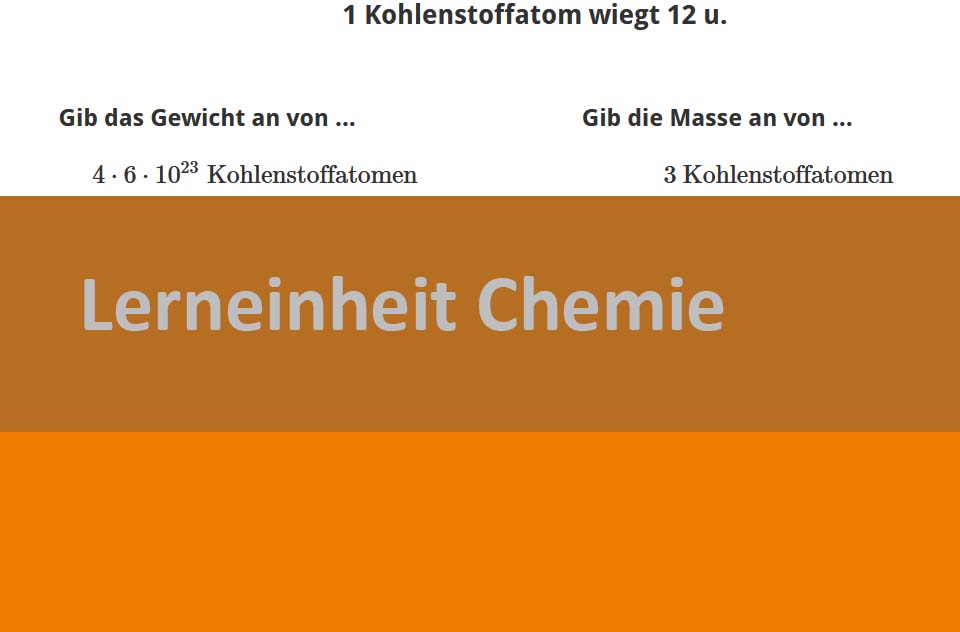
55502536
Grundlagen chemisches Rechnen 1
In 10 interaktiven H5P-Modulen gibt es Aufgaben zu Berechnungen von Masse, molarer Masse und Stoffmenge.
Das Medium bietet H5P-Aufgaben an, die ohne zusätzliche Software verwendbar sind.
Durch interaktive Aufgabentypen wird das audiovisuelle und interaktive Lernen einfach.
Lernen macht jetzt Spaß!
Included Tasks
- I Formeln; Größen und chemisches Rechnen - Wissensvermittlung
- II Berechnungen mit Unit (u) und Mol (mol) - (1)
- III Berechnungen mit Unit (u) und Mol (mol) - (2)
- IV Berechnungen mit Unit (u) und Mol (mol) - (3)
- V Finde die 7 Elemente - die nie als einzelnes Atom vorliegen
- VI Berechnungen der molaren Masse einer chemischen Verbindung (1)
- VII Berechnungen der molaren Masse einer chemischen Verbindung (2)
- VIII Berechnungen von molarer Masse mit verschiedenen Vorgaben (1)
- IX Berechnungen von molarer Masse mit verschiedenen Vorgaben (2)
- X Gemischte Berechnungen Masse; Stoffmenge; molare Masse
Curriculum-centred and oriented towards educational standards
Matching
Halogens
The compounds of halogens are - with the exception of astatine - widespread, can be encountered in nature and are versatile substances. This fact is taken up on this DVD in order to teach the students the chemistry of the halogens by illustrating their special qualities and explaining the correlation of their structure with their chemical properties. In the first part, an overview of the element group of halogens lays emphasis on the common as well as on the distinguishing characteristics of fluorine, chlorine, bromine and iodine. In a second part, the specific properties of bromine and iodine are presented. This topic is linked to the students‘ everyday experience on the one hand (bromine as a catalyst for reactolite sunglasses, iodine as an agent in medicine, etc.) on the one hand. As a rule, they are of a kind that can only be realized with difficulty, or high expenditure in the chemistry classroom. With the help of these experiments, students are introduced to the chemistry of the halogens in a way that enables them to draw conclusions on the basis of their observations.
Elemente im PSE
In unserem Arbeitsheft Chemie 6-8, Vol. 1 – Elemente im PSE finden Sie 50 interaktive und didaktisch aufbereitete Aufgaben.
Carbohydrates
The term carbohydrate or saccharide is a collective name for all substances with the chemical formula Cn(H2O)n. Carbohydrates are the basis of nutrition. They are part of our diet as starch, glucose (grape sugar), fructose (fruit sugar), lactose (milk sugar) and saccharose (beet, cane or table sugar). Important suppliers of carbohydrates are potatoes and cereals such as rice, wheat, maize, millet, rye and oats. The various carbohydrates in our foods are introduced to the pupils. The characteristics of polysaccharides, disaccharides and monosaccharides are explained to them and in which foods these substances occur and how they are structured. In addition, the different origins of starch, starch degradation products, gelling agents as well as sugar alcohols in confectionery are dealt with. The DVD shows how various substances can be detected with the help of chemical processes. Together with the extensive accompanying material the DVD is ideally suited for use in the classroom.




